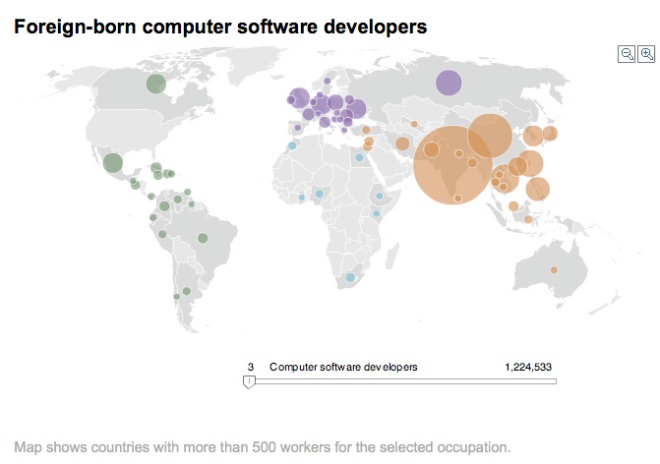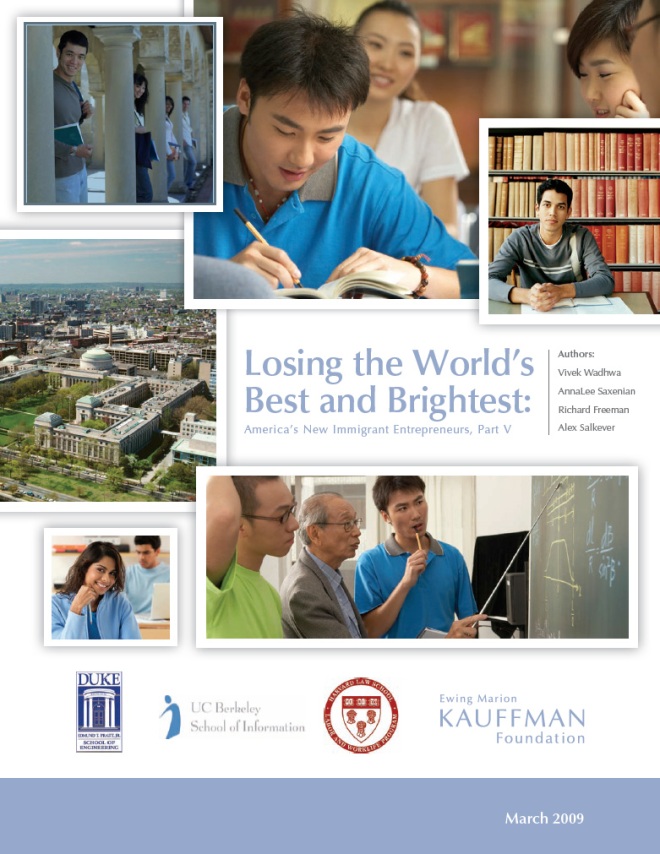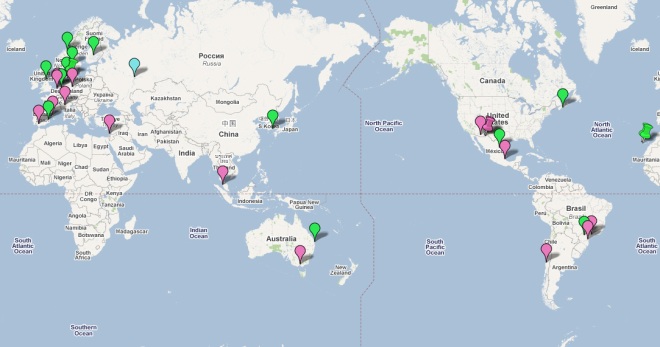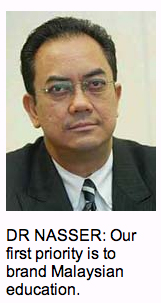How do dominant national and regional players in global higher ed speak to, and engage with, other parts of the world, especially when these parts are viewed as ‘less developed’? This is a complicated question to start answering (not that it is possible, in fact!).
History matters, for it has laid a foundational path, including taken-for-granted assumptions that shape the tone, mechanisms, and power dynamics of bilateral and/or interregional relationships. Times change, of course, and the rationale and logics behind the relationship building cannot help but evolve. The end of the Cold War, for example, enabled the building of relationships (e.g., the 46 country European Higher Education Area) that were previously impossible to imagine, let alone create.
The structure of higher education systems matter too. How does a nation ‘speak’ (e.g., the USA) when there is no senior minister of higher education, and indeed no national system per se (such as that in Germany)? It is possible, though content and legitimacy are derived out of a relatively diverse array of stakeholders.
In this context we have seen new forms of engagement emerging between Europe and the Global South, and between the USA and the Global South. I am wary that the ‘Global South’ concept is a problematic one, but it is used enough to convey key aspects of the power/territory nexus that I’ll stick with it for the duration of this brief entry.
What are the driving forces underlying such new forms of global higher ed engagement?
Clearly the desire to engage in capacity building, for a myriad of reasons, is a driving force.
A second force is concern about what the other dominant players are doing; a form of global engagement inspired or spurred on by the competitive impulse.
A third and related driving force is the amorphous desire to project ‘soft power‘ – the externalization of values, the translation of agendas, the enhancement of the attraction dimension, and so on, such that transformations align with the objectives of the projecting peoples and systems.
All three driving forces are evident is a spate of events and initiatives underway in 2008, and especially this October.
Europe Engages Asia
For example, the logics of capacity building, the need to enhance ties to select regions (e.g., East, South, and Southeast Asia), and the projection of soft power, enticed Europe to forge new relations across space via the ASEM framework. The inaugural meeting of ASEM’s Ministries of Education, which was hosted by the German Federal Ministry of Education and Research, and titled ‘Education and Training for Tomorrow: Common Perspectives in Asia and Europe’, took place in Berlin from 5-6 May 2008. The three official ‘public’ documents associated with this event can be downloaded here, here, and here.
This initiative, as we noted earlier (‘Ministers of Education and fora for thinking beyond the nation‘), is part of an emerging move to have ministers of education/higher education/research play a role in thinking bilaterally, regionally, and indeed globally. One interesting aspect of this development is that ministries (and ministers) of education are starting, albeit very unevenly, to think beyond the nation within the institutional structure of the nation-state. In this case, though, a regional voice (the European Union) is very much present, as are other stakeholders (e.g., the European University Association).
A linked event – the 1st ASEM Rectors’ Conference: Asia-Europe Higher Education Leadership Dialogue “Between Tradition and Reform: Universities in Asia and Europe at the Crossroads” – will be held from 27-29 October in Berlin as well, while other related late-2008 schemes include:

More broadly, link here for information about the new (2008) EU-Asia Higher Education Platform (EAHEP).
The US Engages Asia
Moving across the Atlantic, to the USA, we have seen the logics of capacity building, the need to enhance ties to select regions (e.g., Asia and Africa), and the projection of soft power, guiding some new initiatives. The US Government, for example, sponsored the Asia Regional Higher Education Summit in Dhaka, Bangladesh, between 6-9 October 2008. As the official press release from the US Embassy in Dhaka puts it, the:
Asia Regional Higher Education Summit is sponsored by the United States Government through the U.S. Agency for International Development (USAID) and co-hosted by the University of Dhaka and the Bangladesh University of Engineering and Technology. This Summit is a follow-up to the Global Higher Education Summit recently held in Washington, DC. The Washington summit was convened by Secretary of State Condoleezza Rice, Secretary of Education Margaret Spellings, and USAID Administrator and Director of U.S. Foreign Assistance Henrietta Fore. The Summit’s objective was to expand the role and impact of U.S. and foreign higher education institutions in worldwide social and economic development.
It is worth noting that countries representing ‘Asia’ at the Summit include Afghanistan, Bangladesh, Cambodia, India, Indonesia, the Kyrgyz Republic, Nepal, Pakistan, the Philippines, Qatar, Sri Lanka, Tajikistan, Thailand, Timor-Leste, the United States and Vietnam.
The US Engages Africa
 And this week we see the US Government sponsoring the Africa Regional Higher Education Summit in Kigali, Rwanda. This summit is also, like the US-linked Asia event noted above, a follow-on initiative of the Global Higher Education Summit (29–30 April 2008).
And this week we see the US Government sponsoring the Africa Regional Higher Education Summit in Kigali, Rwanda. This summit is also, like the US-linked Asia event noted above, a follow-on initiative of the Global Higher Education Summit (29–30 April 2008).
According to the official program, the Africa Regional Higher Education Summit is a three-day event:
that will address innovative approaches to meet the challenges of the higher education community in Africa; to learn from each other by sharing best practices in partnering; and to foster mutually beneficial partnerships initiated before and during the summit. In this regionally focused forum, speakers and participants will discuss how higher education influences human and institutional capacity development, and plays a role in preparing Africa for economic growth and global competitiveness.
The summit is designed to focus on developing partnerships between higher education institutions, foundations and the private sector at the national and regional levels, although consideration will also be given to international and cross-continental levels.
Summit participation will be limited to presidents, chancellors, and rectors representing African and American universities, and foundation and corporate leaders to ensure maximum interaction and sharing of perspectives between and among decision makers and authorized agents. The working sessions and organized breaks will be structured to maximize input and interactions between summit participants.
The summit aims to provide opportunities for participants to:
- Reinforce the goals of the initial Higher Education Summit for Global Development within the context of the African continent for the purpose of moving to concrete actions;
- Raise awareness about and generate interest in the objectives of the first World Economic Forum (WEF) Global Education Alliance (GEA) in Africa and the Global Development Commons (GDC);
- Highlight the importance of higher education in African development;
- Add to the body of knowledge and further the discussion about the link between higher education and development;
- Share successes and generate actual partnerships and alliances with universities, corporations, foundations and non-governmental organizations participating in the summit;
- Generate ideas and recommendations to share with universities, corporations, foundations and non-governmental organizations;
- Generate a progress report on the Africa-U.S. Higher Education Initiative and planning grants.
The open press events are outlined here, while the detailed program is here. See here too for an example of a recently announced EU-Africa higher ed initiative.
‘Soft Power’ and Global Higher Ed
The soft power dimension behind the formation of linkages with regions like Asia and Africa is not always made explicit by Europe nor the USA. Yet two aspects of soft power, as it is sought after, are worth noting in today’s entry.
 First, the intertwining of both soft and ‘hard’ power agendas and players is more evident in the case of the USA. For example Henrietta H. Fore (Director of U.S. Foreign Assistance and Administrator, USAID, and pictured below) is speaking at the higher education summit in Africa, as well as at the Pentagon about the establishment of the AFRICOM initiative:
First, the intertwining of both soft and ‘hard’ power agendas and players is more evident in the case of the USA. For example Henrietta H. Fore (Director of U.S. Foreign Assistance and Administrator, USAID, and pictured below) is speaking at the higher education summit in Africa, as well as at the Pentagon about the establishment of the AFRICOM initiative:
Secretary Gates has spoken powerfully and eloquently on many occasions about the need for the United States to enhance its non-military as well as military instruments of national power in service of our foreign policy objectives. The Department of State and USAID are proud to play their respective primary roles in diplomacy and development.
Thus AFRICOM, which is headquartered in Stuttgart, Germany, effectively has an Africa-focused global higher ed initiative associated with it (under the control of AFRICOM partner USAID).

Source and photo caption from AFRICOM:
WASHINGTON, D.C. – Left to right, Chairman of the Joint Chiefs of Staff Navy Admiral Mike Mullen; Henrietta H. Fore, administrator of U.S. Agency for International Development and director of U.S. Foreign Assistance; Defense Secretary Robert M. Gates; flag bearer; General William E. Ward, Commander of U.S. Africa Command; and U.S. Africa Command Sergeant Major Mark S. Ripka stand together after the unfolding of the flag during the U.S. Africa Command Unified Command Activation ceremony in the Pentagon, October 1, 2008. (DoD photo by U.S. Petty Officer 2nd Class Molly A. Burgess)
AFRICOM Photo ID 20081003133444
Clearly the USA and Europe have adopted very different approaches to global higher ed in strategic ‘less developed’ regions vis a vis the links being made to hard power agendas.
Second, many of the US-led initiatives with USAID support are associated with political appointees (e.g., U.S. Secretary of Education Margaret Spellings), or leaders of more autonomous stakeholder organizations (e.g., Peter McPherson, President, NASULGC) who are publicly associated with particular political regimes. In McPherson’s case, it is the Bush/Cheney regime, as profiled in Imperial Life in the Emerald City: Inside Iraq’s Green Zone by The Washington Post’s former Baghdad bureau chief Rajiv Chandrasekaran. But what happens when elections occur? Is it a coincidence that the rush of US events is happening a month before the US federal election? Will these key players regarding Africa (and Asia) be as supported by the new regime that comes to power in early 2009?
Another perspective is that such US initiatives don’t really matter in the end, for the real projectors of soft power are hundreds of autonomous, highly ranked, active, and well-resourced US universities. Last week’s Chronicle of Higher Education, for example, highlighted the latest stage of Cornell’s work in South Asia, while the rush of US universities to establish campuses and programs in the Middle East was done irrespective of people like Spellings, and institutions like USAID (and the US Government more generally). In other words these universities don’t need ministerial talk shops in places like Berlin or DC to open doors and do their stuff. Of course many European universities are just as active as a Cornell, but the structure of European higher education systems is vastly different, and it cannot help but generate a centralizing impulse in the projection of soft power.
As a phenomenon, the actions of key players in global higher ed regarding in developing regional initiatives are well worth illuminating, including by the sponsors and participants themselves. Regions, systems, and international relations are being constructed in a conceptual and programmatic sense. As we know from any history of bilateral and interregional relations, frameworks that help generate a myriad of tangible outcomes are being constructed, and in doing so future development paths, from all perspectives, are being lain down.
Yet it is also important not to read too much into this fora-intensive agenda. We need to reflect upon how geo-strategic visions and agendas are connected to and transformative of the practices of day-to-day life in the targeted regions. How do these visions and agendas make their mark in lecture halls, hiring procedures, curricula, and course content? This is not a development process that unfolds, in a seamless and uni-directional way, and it is important to think about global higher ed players, regional ambitions, and interregional fora at a series of interrelated scales to even begin understanding what is going on.
Kris Olds







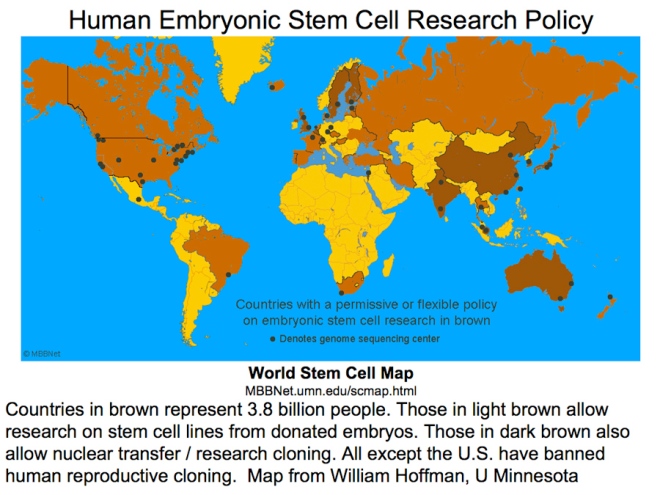
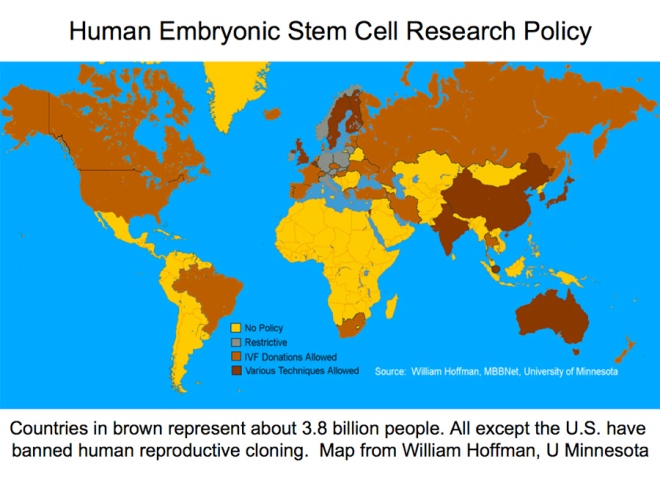
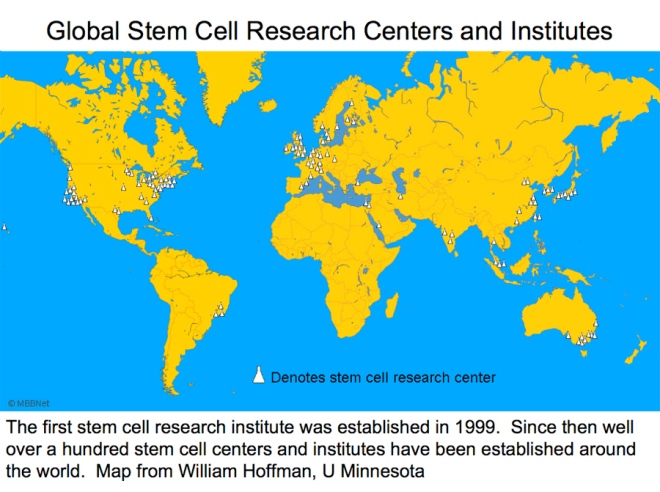
 Today, for the first time, the
Today, for the first time, the 

